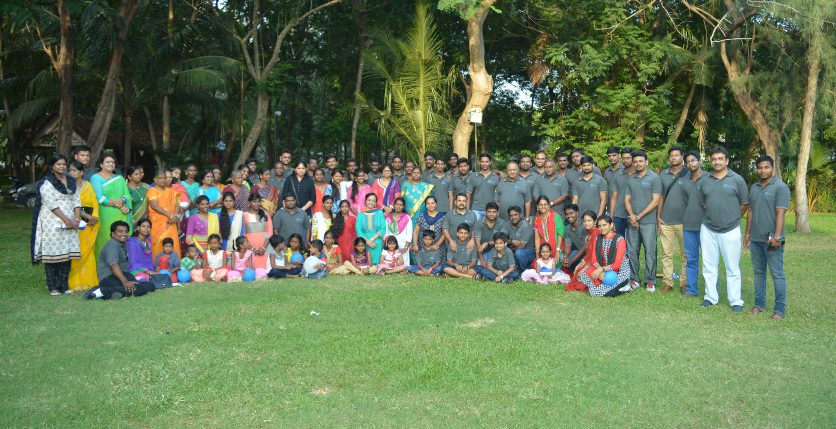IT Service Management (ITSM) is the practice of aligning IT services with the needs of the business and customers. It involves a set of processes, policies, and procedures that are designed to ensure the delivery of high-quality IT services. Effective ITSM can improve IT operations and customer service, resulting in greater business efficiency and customer satisfaction. In this blog post, our Manager – IT Infrastructure, Rajesh A, discusses some best practices for ITSM followed in businessgateways India, that can help improve IT operations and customer service.
Define and Document IT Services
Defining and documenting IT services is the first step in ITSM. It is important to clearly define what services are provided, how they are delivered, and what service level agreements (SLAs) are in place. This provides a foundation for managing IT services and ensures that everyone in the organisation understands what IT services are available.
Implement Service Level Management
Service level management involves setting, monitoring, and reporting on SLAs. This helps to ensure that IT services are meeting the needs of the business and customers. It is important to establish realistic SLAs and to monitor and report on them regularly to ensure that they are being met.
Establish Incident Management Processes
Incident management involves identifying, categorizing, and resolving incidents that affect IT services. It is important to establish incident management processes that are standardized and documented. This ensures that incidents are resolved quickly and effectively, minimizing disruption to the business and customers.
Implement Change Management
Change management involves controlling changes to IT services to minimize disruption to the business and customers. It is important to establish change management processes that are standardized and documented. This ensures that changes are made in a controlled and predictable manner.
Implement Problem Management
Problem management involves identifying and resolving the root causes of incidents to prevent them from recurring. It is important to establish problem management processes that are standardized and documented. This helps to reduce the number of incidents and improve IT operations and customer service.
Implement Configuration Management
Configuration management involves identifying and tracking the configuration of IT services and infrastructure. It is important to establish configuration management processes that are standardized and documented. This helps to ensure that IT services and infrastructure are managed effectively and that changes are made in a controlled and predictable manner.
Provide Self-Service
Providing self-service options to customers can improve customer satisfaction and reduce the workload on IT staff. Self-service options can include things like online knowledge bases, FAQs, and ticket tracking systems.
Establish Continuous Improvement Processes
Continuous improvement involves regularly reviewing and improving ITSM processes to ensure that they are effective and efficient. It is important to establish continuous improvement processes that are standardized and documented. This helps to ensure that IT operations and customer service are constantly improving.
In conclusion, effective ITSM can improve IT operations and customer service, resulting in greater business efficiency and customer satisfaction. By implementing the best practices discussed in this blog post, organizations can ensure that IT services are aligned with the needs of the business and customers and that IT operations are efficient and effective.


















